|
Continuing with compilations from my Instagram and Facebook posts about dog and cat breeds: The Plott originates in the US for cold trailing and bear hunting. They have smooth, short coats in any shade of brindle (including black with brindle trim, brindle with black saddle), solid black or buckskin and some white is permissible on chest or feet only. * In 1750, Joahnnes Georg Plott brought five Hanoverian Schweisshunds from Germany to his new home in the Great Smoky Mountains. In the early 1900s crosses with other lines were made to improve the Plott strain. * Plott's are eager to please, loyal and courageous. They can also be headstrong. They need a long walk or outing every day. No major health concerns of note. The first evidence of the Scottish Fold, historically, (or cats with folded ears, at any rate) dates back to 1796 China. That year, it is said that an English sailor brought an example with him back to Europe. The next case was reported in 1938, again, in China. * The Scottish Fold has a medium, rounded body, well-rounded head, ears folded forward and down in a cap fashion, wide open and large eyes, a short nose and firm chin. The coat comes in both short and longhair and variants, as well as all colours. * Some hereditary health issues in the breed include osteoachondrodysplasia (abnormality that affects cartilage and bone development), polycystic kidney disease and cardiomyopathy. The Rhodesian Ridgeback originates from South Africa and originally functioned as a large game hunter (including lions!), as well as a guardian. Their coats are smooth and short with a ridge of hair growing in the reverse direction on their backs. Colours include light wheaton to red wheaton (nose can be frown or black or liver). * They are strong-willed and powerful—very protective of their family. They need daily jogs or long walks. * Health concerns include hip dysplasia, elbow dysplasia and dermoid sinus. The Singapura breed's name actually reflects its place of origin, in this case. They are named for the Malaysian island of Singapore. Its origins are "lost in time." The Western world only became aware of them in 1974 when the breed attracted the attention of a couple of American tourists. * They are on the small side, with rounded skulls, large and slightly pointed ears, large, almond-shaped eyes (hazel, green or yellow), blunt noses and thin tails. Their coats are fine and short with the only colour being sepia agouti. * Health concerns include pyruvate kinase deficiency—PKD for short—caused by a deficiency of an enzyme important for red blood cell energy metabolism, which results in hemolytic anemia. A test is available that can determine whether a cat is affected, a carrier, or clear of the disease. Singapuras with PKD can usually live a normal life. Salukis originate in the Middle East and were bred for coursing hare and gazelles. They have a feathered coat, though it is smooth and short, mainly, with longer hair on the hears, tail and feet. They come in white, cream, fawn, golden, red, grizzle, black and tan, tricolour, or any of the above on a white background. * Salukis are sensitive and reserved and even aloof with strangers. They are sedate inside, but enjoy running and chasing outside. They need long walks or vigorous runs daily. They also enjoy warmth and soft bedding, as well as occasional brushing. * Health concerns include hemangiosarcoma and heart problems. The ancestry of the Snowshoe cat only dates back to the 1970s in the US. Both the sire and dame were Siamese, but the kitten was not only pointed, but was also marked with white on its legs, face and underside. * They are solid in the body, have medium heads, gently rounded, medium ears with slightly rounded tips, large eyes that tend to be dark blue, a medium nose and a short and dense coat. They tend to come in seal and blue point colours (plus the extra white markings). * Health issues include the possibility of a kink in the tail or crossed eyes (similar to that of a Siamese). The Scottish Deerhound's original function was coursing stag. Their coat is wiry and harsh, and medium length. They come in all shades of grey and grey brindle (dark blue-grey preferred), as well as yellow, red and fawn (though not really seen today). * These guys are easygoing and mellow, and well mannered at home. They need a moderate walk daily and their wiry coat could use combing once or twice a week. Dead hair must be stripped twice yearly. * Health issues include gastric torsion, heart problems and bone cancer. The Somali cat first appeared in the US in the early 20th century in litters of Abyssinians (which is why they're called Somali, though they do not originate there). * Their bodies are medium and lithe, their heads a modified and slightly rounded wedge, ears large and alert, eyes almond-shaped and large (gold or green), with a medium length and extremely soft coat (double coated). They come in ruddy, red, blue and fawn. * The Somali is susceptible to pyruvate kinase deficiency, renal amyloidosis, a neuromuscular condition called myasthenia gravis, and an eye disease called progressive retinal atrophy, which eventually leads to blindness. The Whippet originates in England and was bred for racing and rabbit coursing. Their coat is smooth and short and they come in any colour they damn well please! * Whippets are the most demonstrative and obedient of the sighthounds. They are gentle inside and with children, as well as other pets. They need a long walk or short run daily. They also need a warm, soft bed and a coat for cold weather. * There are no health concerns of note. The occurrence of kittens born with very short, almost absent hair in an otherwise normal litter from a female Siamese happened in Canada in 1966. A similar mutation has occurred in other countries, but was only studied in the Canadian Sphynx and in French hairless cats. * Sphynxes are medium sized and small boned with heads that are longer than they are wide. Their ears are large and rounded at the tips, their eyes lemon-shaped and set back. They are nearly nude, but what coats they have tends to be around their ears, face, legs, tail and paws. They come in most varieties of colours. * Health concerns include mouth and gum disease, eye conditions such as such as conjunctivitis, glaucoma, cataracts, entropion or retinal problems, feline asthma, heart disease, and gastrointestinal disorders. The Akita originates from Japan as a large game hunter, as well as dog fighting. Their coats are straight, harsh and medium length. * The Akita was “perfected” in the Akita Prefecture of the island of Honshu. They are bold, independent, stubborn and tenacious. They can be reserved with strangers, aggressive towards other dogs, and domineering. They need a good run or long walk daily and their coat needs brushing at least once a week (more when shedding). * Health concerns include hip dysplasia, PRA, elbow dysplasia, pemphigus (causes blisters and sores on skin and/or the mucous membrane) and gastric torsion. The Tiffany breed (also known as the Chantilly) resulted from the semi-recent plan to create a cat with the physical shape of a Burmese and the long hair of a Persian, and first took place in the US. * Their bodies are medium and muscular, with large and round heads, medium ears, expressive, well open eyes (golden green or green), semi-long coats that are silky and they come in solid colours including: tortoiseshell in the colours black, blue, chocolate and lilac, and Burmese variants of the same colours, including silver. * Health concerns include delicate digestive systems. The Alaskan Malamute was bred for heavy sled pulling and large game hunting (originating in Alaska, of course). Their coat is thick, coarse and medium in length. * These are powerful, independent, strong-willed and fun-loving dogs. They love to pull, run and roam! They also tend to dig and howl. They need a long walk or the opportunity to run or mush. Their coat will need brushing once or twice a week (and more often when they are shedding). * Health concerns include hip dysplasia, cataracts, chondrodysplasia. The Tonkinese did not originate anywhere near the Gulf of Tonkin—it was first "produced" in North America between 1950-1970, through a combined effort between Canadian and American breeders who wanted to combine Siamese with Burmese. My mom actually owned an early example of a Tonkinese cat right before I was born—her name was Pasha! * Tonkinese are medium sized, with modified wedge shaped heads, longer than wide. Their ears are medium with oval tips, eyes are open and almond-shaped (aqua coloured), with tapering tails and medium short coats, close lying and fine. They come in natural mink, champagne mink, blue mink and platinum mink coats. * Health concerns include mouth and gum disease, hyperthyroidism, feline asthma, heart disease and cystitis. The Anatolian Shepherd originates in Turkey, originally functioning as a flock guard. Their coats are rough and short/medium length. Most commonly they are fawn in colour with a black mask. * These guys are easygoing and very laid back. They are devoted to family, suspicious of strangers and not very good with strange dogs. They need a moderate walk or brisk run daily. * Health concerns: hip dysplasia and entropion. Before 1500, longhaired cats were unknown in Europe. The first documented report is from 1520, the cat was white and came from Ankara, Turkey. Ankara leant its name to other Angora animals as well—the Angora goat and Angora rabbit, for example. * Turkish Angoras are medium in size with small to medium heads (a smooth wedge shape), large ears, pointed and tufted, large almond-shaped eyes (blue, amber or odd-eyed). Their tails are long and tapering and their coat is a single coat with a full tail and ruff with britches on the legs. They come in solid colours, smokes, tabby, parti-colour, bi-colour and combinations including with white. * Health concerns include possible deafness in those with blue eyes, hypertrophic cardiomyopathy, and obesity. Bernese Mountain Dogs originate from Switzerland and where draft dogs. Their coats are straight or slightly wavy, thick, moderately long and are tricoloured — black with tan markings and white flashings. * These are easygoing dogs that are calm, sensitive and loyal. They are reserved with strangers but devoted to their family. They get along well with other dogs and pets. They need a moderate walk daily and quite enjoy cold weather. Their coat needs brushing twice a week (more often when shedding). * Health concerns include hip dysplasia, elbow dysplasia, mast cell tutor and gastric torsion. The Turkish Van traces its origins back to the region of Turkey's Lake Van (where it obviously gets its name). * Their bodies are moderately long, with substantially broad wedge heads, moderate to large ears, moderately large eyes (amber, blue or odd-eyed), with long tails and semi-long coats with cashmere-like texture. Varieties include chalk white with solid, tabby, particoloured or any other colour markings except Himalayan). * Turkish Vans tend to be healthy, but watch to make sure they don't gain too much weight. The Black Russian Terrier originates from the former Soviet Union, functioning as a military dog. Their coat is coarse, tousled and medium in length. They come in black or black with a few grey hairs. * These are calm and confident dogs, even courageous. They are also affectionate and gentle, but devoted and protective of their family. Not so good with dominant or strange dogs, but fine with other pets and smaller dogs. They need a long walk or active play session daily and a thorough combing once or twice a week with trimming every six weeks. * Health concerns include hip and elbow dysplasia The Siberian (Forest) cat has been present in Russia for centuries but became recognized as a formal breed in the late 1980s and arrived in the US in 1990. Another name for them is the Moscow Semi-longhair. The colour point variety is sometimes referred to as the Neva Masquerade. * These guys are agile jumpers and their coats have less dander than the average cat (which makes them somewhat hypoallergenic), and includes guard hair, awn hair and down hair. * Health issues include hypertrophic cardiomyopathy. Boxers originate in Germany and were used for bull baiting and as guardians. Their coats are smooth and short, fawn and brindle, both with or without white flashing and black mask. * Boxers are playful, exuberant, outgoing, demonstrative and devoted. They need a long walk or a good run daily. They can be stubborn, but are responsive to commands. They may be aggressive toward strange dogs. * Health concerns include heart problems, hip dysplasia, gastric torsion and tumours. I can't believe when I was talking about the Rexes that I missed the Selkirk Rex! Tell me below in the comments if there are any other breeds of cat that I haven't covered. I still have a long way to go with the dog breeds! * The Selkirk Rex, unlike the Cornish or Devon Rex, has curled hair of normal length (coming in longhair and shorthair varieties) and is not partially missing. They originated in Montana in 1987. A black Persian male produced a litter of three curly-coated kittens and three with normal coats. They are accepted in all colours (including pointed). * No health concerns of note for this hardy breed! The Bullmastiff comes from England originally and was once used to guard estates. Their coats are smooth, short, red, fawn or brindle. Males can weigh up to 130 pounds and stand up to 27 inches! * Bullmastiffs are gentle, quiet creatures. They are not easily roused, but once they feel threatened they can be fearless! Some are stubborn—they are definitely not for fragile or timid owners. They need a moderate walk or play session daily, and they don't do well in hot weather. * Health concerns include gastric torsion, hip and elbow dysplasia. A dwarf cat is any domestic cat with the condition of dwarfism due to a genetic mutation. Dwarf cats display symptoms of osteochoendrodysplasia, genetic disorders of bone and cartilage manifested as short legs. The Munchkin is the original breed of dwarf cats (recognized as a breed in 1994). * Munchkin cats as we know them today originated from a litter born in Louisiana in 1983 (some claim these short-legged cats have actually been around since the 1930s). They tend to have very small bodies, besides having very small legs. * Other up and coming hybrids mixed with the Munchkin include the Persian-Munchkin hybrid, the Minuet, Skookum or Lambskin (Munchkin and LaPerm or Selkirks), and the similar Minskin and Bambino breeds (Munchkins mixed with Sphynxes). The Doberman and German Pinscher breeds both originate in Germany. The Doberman was intended for guarding duties and the German Pinscher for ratting. Their coats are both smooth and short. Dobermans come in black, red, blue and fawn with tan markings, while their German counterparts tend to be fawn to red, stag to red or black and tan. Dobermans are larger (males as high as 28 inches, while German Pinscher males only stand about 20 inches high). * Dobermans are alert, loyal, protective and adventurous while German Pinschers could be called vivacious, tenacious and courageous. Dobermans need a long walk or jog or a strenuous run daily. German Pinschers need a moderate walk with lots of activity every day. * No health concerns of note for German Pinschers, but issues for Dobermans include wobbler's syndrome, cardiomyopathy, vWD, gastric torsion and hip dysplasia The Lykoi, also known as the Werewolf or Wolf cat, comes from a natural mutation from a domestic shorthair that has the appearance of a werewolf. This mutation has occurred in domestic kitties over the last 20 years or so. They do not carry the Sphinx or Devon gene.
* These cats were developed in Vonore, Tennessee. These are partially hairless cats that are genetically distinct from the Canadian Sphynx. Their coats resemble that of an opossum. Lykois are said to be friendly and very affectionate to their owners. * Some Lykoi hair follicles seem to lack the necessary components required to create hair (and they therefore lack an undercoat), hence their semi-hairless appearance. The Lykoi will also molt and become completely bald from time to time.
0 Comments
Leave a Reply. |
AuthorRegan is a certified Canine Massage Therapist (CCMT), has certification in First Aid and CPR for Pets, and some beginner training in Herbal Remedies and Aromatherapy for personal use. Archives
July 2024
Categories |



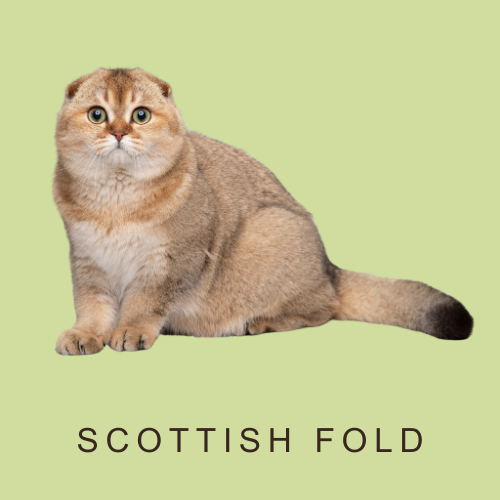
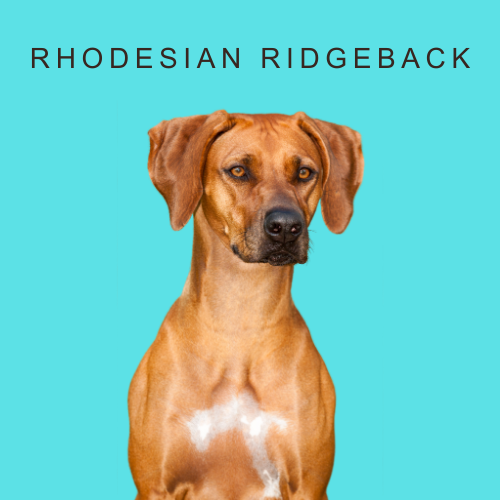



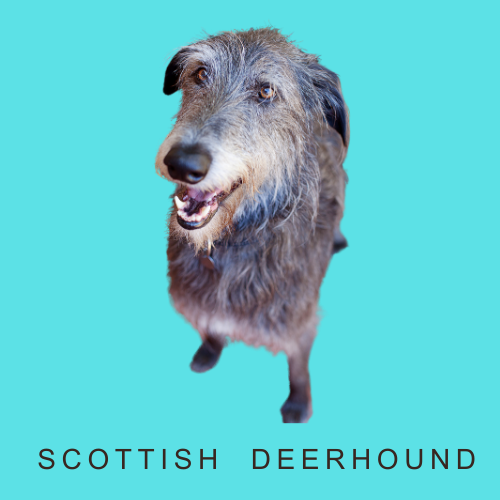

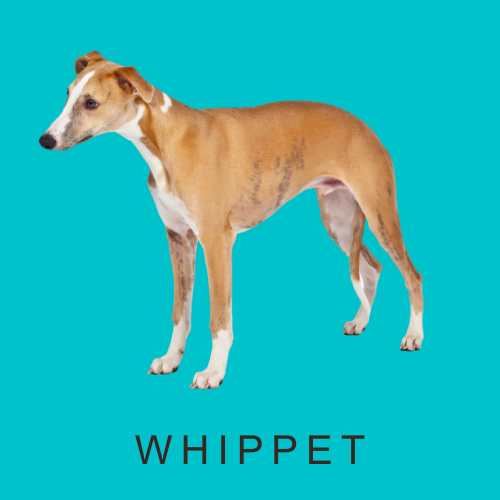








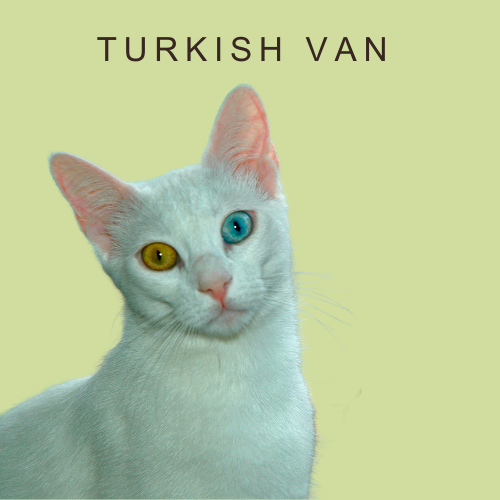
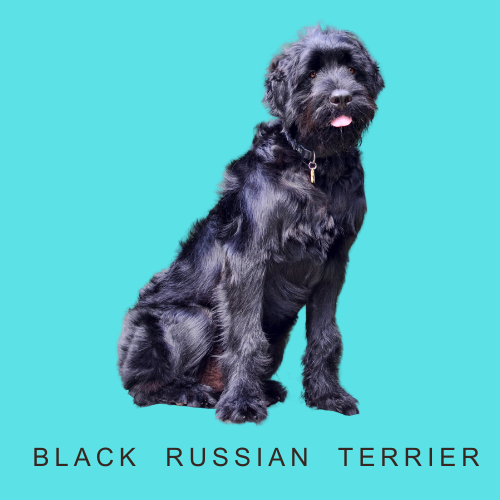









 RSS Feed
RSS Feed